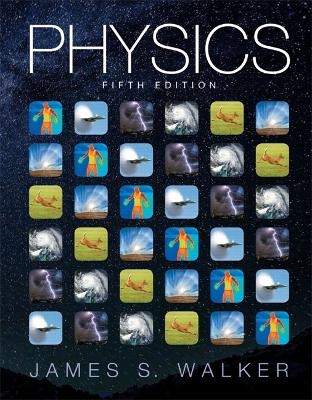
Exploring Scanning Probe Microscopy with Mathematica
Wiley-VCH Verlag GmbH (Hersteller)
978-3-527-61006-8 (ISBN)
- Keine Verlagsinformationen verfügbar
- Artikel merken
This new and completely updated edition features not only an accompanying CD-ROM, but also a new applications section, reflecting the many breakthroughs in the field over the last few years. It provides a complete set of computational models that describe the physical phenomena associated with scanning tunneling microscopy, atomic force microscopy, and related technologies. The result is both a solid professional reference and an advanced-level text, beginning with the basics and moving on to the latest techniques, experiments, and theory. In the section devoted to atomic force microscopy, the author describes the mechanical properties of cantilevers, atomic force microscope tip-sample interactions, and cantilever vibration characteristics. This is followed by an in-depth treatment of theoretical and practical aspects of tunneling phenomena, including metal-insulator - metal tunneling and Fowler - Nordheim field emission. The final section features applications, dealing with, among others, Kelvin and Raman probe microscopy.
The self-contained presentation spares researchers valuable time spent hunting through the technical literature for the theoretical results required to understand the models presented. The Mathematica code for all the examples is included in the CD-ROM, affording the freedom to change the values and parameters of specific problems as desired, or even modify the programs themselves to suit various modeling needs.
Dror Sarid is Professor and Director of the Optical Data Storage Center at the Optical Sciences Center, the University of Arizona in Tucson. His interests have been in the fields of light scattering phenomena and guided wave physics, and in the past 20 years he has been studying Scanning Tunneling Microscopy, Atomic Force Microscopy and related fields. Dr. Sarid is the author of Scanning Force Microscopy with Applications to Electric, Magnetic and Atomic Forces (OUP) and Exploring Scanning Probe Microscopy with Mathematica (Wiley) as well as of more than 150 publications and seven patents.
1 Introduction.2 Uniform Cantilevers.3 Cantilever Conversion Tables.4 V-Shaped Cantilevers.5 Tip Sample Adhesion.6 Tip Sample Force Curve.7 Free Vibrations.8 Noncontact Mode.9 Tapping Mode.10 Metal-Insulator-Metal Tunneling.11 Fowler-Nordheim Tunneling.12 Scanning Tunneling Spectroscopy.13 Coulomb Blockade.14 Density of States.15 Electrostatics.16 Near-Field Optics.17 Constriction and Boundary Resistence.18 Scanning Thermal Conductivity Microscopy.19 Kelvin Probe Force Microscopy.20 Raman Scattering in Nanocrystals.
| Verlagsort | Weinheim |
|---|---|
| Sprache | englisch |
| Maße | 176 x 209 mm |
| Gewicht | 732 g |
| Themenwelt | Naturwissenschaften ► Physik / Astronomie |
| ISBN-10 | 3-527-61006-5 / 3527610065 |
| ISBN-13 | 978-3-527-61006-8 / 9783527610068 |
| Zustand | Neuware |
| Haben Sie eine Frage zum Produkt? |
aus dem Bereich


